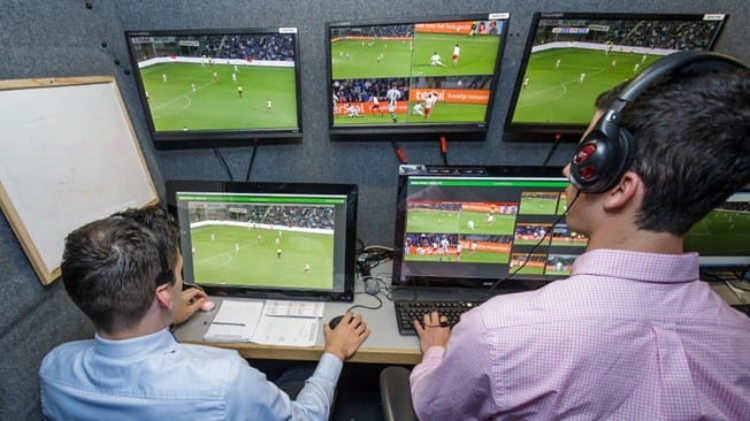Technology and sports are two areas that are becoming increasingly linked and dependent on one another as time passes. No one would have predicted that technology would play such a significant part in sports before that, and the debate over whether technology is beneficial or harmful to certain sports continues to this day. What we can do, though, is to look at how technology has evolved to cater to sports and their various components. Wearable technology, Instant Replay, and enhancing safety are all examples of these elements. All three of these elements contribute to the development of a new era of sports in which technology is used to increase the level of athletes, the level of the game, and ensure safety.
Wearable Technology
Professional athletes and fitness enthusiasts alike use wearable technology, as it’s suited for a wide range of activities that can use calorie, step, distance, pulse, and heart rate tracking. Other, more specialized instances of wearable technology include “smart clothes.” These things can be made to suit specific activities. Football players, for example, wear GPS vests throughout training and games to track and measure their performance on the field. The vest is designed to accommodate a pod with a 10Hz GPS, an accelerometer, and a magnetometer between the shoulder blades. Wearable technology, which can range from as simple as apple watches to other complicated sensors that can be used to track an athlete’s performance, is what we mean. Consequently, many athletes keep track of their pulse and breathing patterns with heart rate monitors. In addition, VBT (Velocity Based Training) sensors can be used to measure performance in the weight room and sleep trackers can be utilized to monitor and optimize sleep habits.
Do you see how versatile wearable technology is? It collects data to help athletes improve their performance, but it can also be used to prevent injuries by identifying and forecasting dangerous motions or patterns.

Instant Replay
This is a controversial subject because there will always be those who oppose technology in refereeing, claiming that it “takes the fun out of the game.” Which we will not dispute, but we can certainly assert that it has assisted referees in making increasingly precise choices, hence fostering a fair atmosphere. Let’s take a look back on the 2018 FIFA World Cup when FIFA implemented the Video Assistant Referee (VAR) for the first time. Of course, some people were angry and frustrated by this new technological arrival, while others were accepting and eager. Other sports, such as tennis, use Hawk-Eye to help reverse bad umpire calls; cricket uses the Umpire Decision Review System (UDRS) to aid match officials in decision-making; and the National Football League (NFL) uses replay review as well. It is clear that at one point, the need for technology to be used was critical, as the human element of the referee is prone to making mistakes, especially in sports with large fields that are difficult to cover by the refs and their assistants.

Enhancing Safety
In sports, safety is crucial because it allows athletes to maintain a consistent level of performance and to continue their professional careers without injury. Hence, equipment makers have created a variety of technologies to minimize injuries and limit accidents. Romain Grosjean, a Swiss-French motorsports racing driver, was involved in a tragic accident during a Formula One race in Bahrain in 2020. His car exploded into flames, but thanks to advancements in technology, today’s F1 crash helmets are primarily meant to guard against head injuries as well as fire has been spectacular. For example, a helmet must self-extinguish after being exposed to a 790°C flame to meet the Fédération Internationale de l’Automobile (FIA) requirement according to the Daily Mail.

Technology, like everything else in our world, appears to improve and re-invent various elements of our lives, one of which is sports. We wouldn’t be able to improve athletes’ safety by providing enhanced equipment, improve refereeing by providing instant replays and video referees, and improve athletes’ level of performance by using wearable technology that collects data to analyze and identify weak and strong areas if we didn’t incorporate technology.



